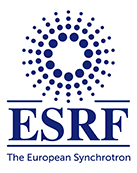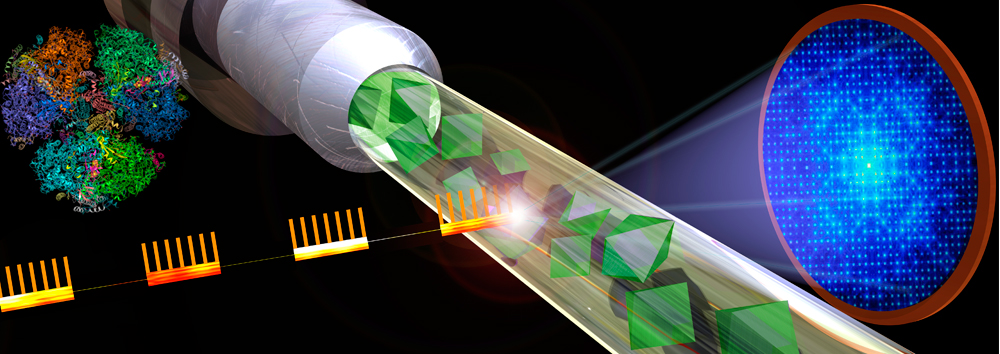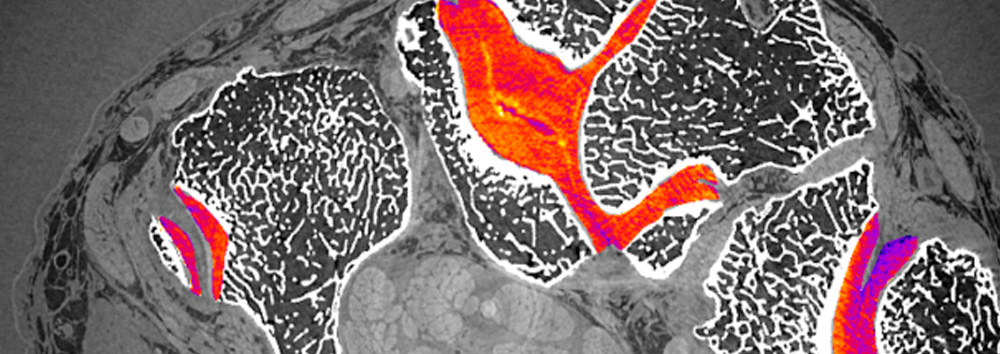When electrical current propagates through a conducting material, energy dissipates due to the conductor’s electrical resistance. In a superconductor, however, the resistance can vanish completely if the material is cooled to extremely low temperatures. Such dissipationless supercurrent would be highly desirable for a plethora of electronic and technological applications, and has spawn decades of intense research dedicated to find materials with superconducting properties at elevated temperatures.
While all superconducting materials reported until the 1980’s had to be cooled below 30 K, the game changed in 1986, when the first superconductors based on copper oxide materials were discovered. These so-called high-temperature superconductors are composed of stacked layers of copper-oxygen planes and some show zero electrical resistance well above 100 K. By understanding the mechanisms mediating superconductivity in the copper oxides, the scientific community hopes to become able to devise novel materials that show zero resistance even at room temperature. However, a comprehensive understanding of these mechanisms has yet remained elusive. Nonetheless, superconductors are used already today in some technological applications, such as magnetic resonance imaging devices in the field of medicine. Future applications of room temperature superconductors could revolutionise the fields of electrical power storage and transmission, and enable rapid public transport by magnetically levitated trains.
A team of researchers led by Dr. Matthias Hepting and Dr. Wei-Sheng Lee, from Stanford University (USA), came to the ESRF to investigate so-called electron-doped copper oxides, which are part of the family of high-temperature copper oxide superconductors. The researchers were in the quest to find evidence for the acoustic plasmon, a collective electronic excitation, hypothesised by some theories to play a substantial role in mediating high-temperature superconductivity.

About ESRF
The ESRF is the world-leading source of synchrotron and a centre of excellence for fundamental and innovation-driven research for imaging and studying the structure of matter at the atomic and nanometric scale in all fields of research. Located in Grenoble, the ESRF owes its success to the international co-operation of 22 partner nations, of which 13 are Members and 9 are Scientific Associates. Following on from 20 years of success and scientific excellence, the ESRF launched the ESRF-EBS -Extremely Brilliant Source- project (150M€ over 2015-2022). Centred on rebuilding the ESRF storage ring, EBS will deliver unprecedented source brilliance and coherence (~100x), offering scientists with a powerful new instrument to look even deeper into the structure of materials and living matter. EBS also includes the construction of new state-of-the-art beamlines, a scientific instrumentation programme with ambitious detector projects and a data management and analysis strate
© ESRF When electrical current propagates through a conducting material, energy dissipates due to the conductor’s electrical resistance. In a superconductor, however, the resistance can vanish completely if the material is cooled to extremely low temperatures. Such dissipationless supercurrent would be highly desirable for a plethora of electronic and technological applications, and has spawn decades […]



